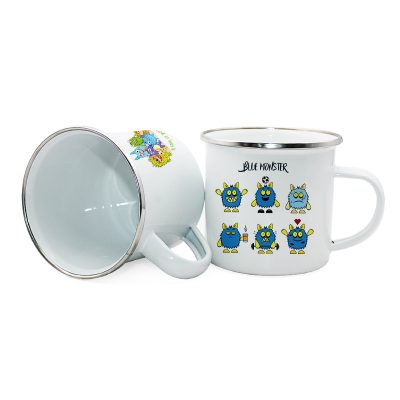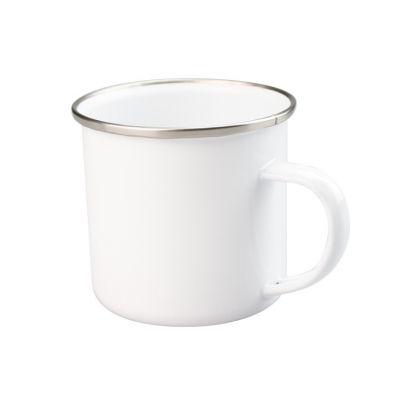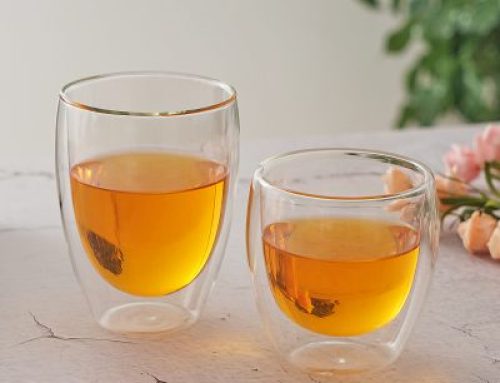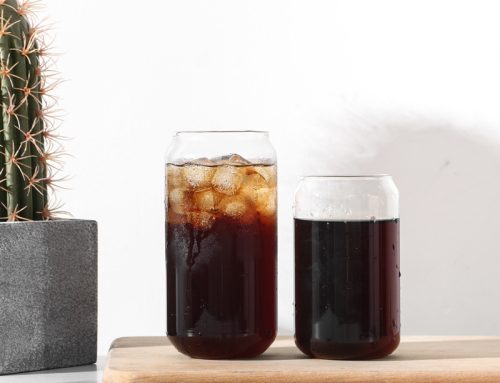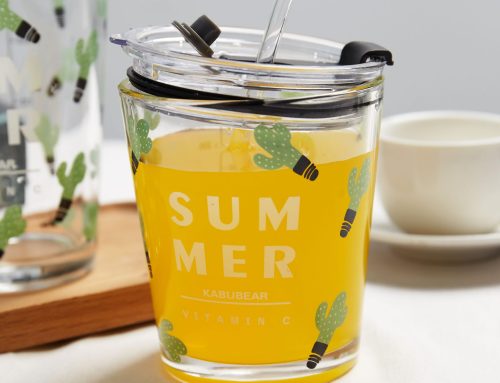Ceramic (or China). Ceramics are various products of materials made from natural clay and various natural minerals through crushing, mixing, molding and calcination. In the past, articles made of clay and fired at high temperature in a special kiln were called ceramics. Ceramics is the general name of pottery and porcelain. The traditional concept of ceramics refers to all artificial industrial products with inorganic non-metallic minerals such as clay as raw materials. It includes various products made of clay or mixture containing clay through mixing, forming and calcination. From the coarsest earthenware to the finest fine pottery and porcelain belong to its scope. Its main raw materials are silicate minerals (such as clay and quartz) taken from nature. Therefore, it belongs to the category of “silicate industry” together with glass, cement, enamel, refractory and other industries. The main producing areas of ceramics are Jingdezhen, Liling, Gao’an, Fengcheng, Pingxiang, Lichuan, Foshan, Chaozhou, Dehua, Zibo, Tangshan, Beiliu, etc. In addition, Jingdezhen is China’s “porcelain capital”.
Common ceramic materials include clay, alumina, kaolin, etc. Ceramic materials generally have high hardness, but poor plasticity. In addition to being used in food utensils and decorations, ceramics also play an important role in the development of science and technology. Ceramic raw materials are made from the earth’s original large amount of resource clay after quenching. The properties of clay are ductile, plastic in water at room temperature, slightly dry and grindable; Firing to 700 degrees can make pottery and hold water; When it is burned to 1230 ℃, it is porcelain, which can hardly absorb water, and is resistant to high temperature and corrosion. The flexibility of its usage has various creative applications in today’s culture and technology. Invented pottery. Ceramic materials are mostly oxides, nitrides, borides and carbides.
Ceramic materials: compared with porcelain, the texture of pottery is relatively loose and the particles are coarse. The firing temperature is generally between 900 ℃ – 1500 ℃, and the temperature is low. After firing, the color is naturally interesting, simple and generous. It has become one of the modeling performance materials loved by many artists. There are many kinds of pottery, including black pottery, white pottery, red pottery, grey pottery and yellow pottery. Red pottery, grey pottery and black pottery use clay with high iron content as raw materials. Iron clay is red in oxidizing atmosphere and gray or black in reducing atmosphere.
Porcelain material: compared with pottery, porcelain has the characteristics of hard, fine, forbidden, high temperature resistance and rich glaze color. The firing temperature is generally about 1300 ℃. Some people often describe porcelain as “sound like chime, bright as mirror, beautiful as jade and thin as paper”. Porcelain gives people the feeling of nobility and luxuriance, which is just the opposite to the simplicity of pottery. Therefore, when many artists create ceramic works of art, they will focus on the distinct sensory enjoyment brought by the texture of pottery or porcelain. Therefore, it is very necessary to analyze and compare the characteristics of two different materials before creation.
The porcelain quality of ceramic cup can be divided into high-temperature porcelain (mainly white porcelain), medium temperature porcelain (stoneware porcelain), bone porcelain, reinforced porcelain and magnesium reinforced porcelain. White ceramic cups belong to high-temperature porcelain, and colored glaze cups belong to medium temperature porcelain, which can also be called stoneware porcelain.
1. High temperature porcelain (porcelain)
High temperature porcelain porcelain fired above 1300 degrees is called high temperature porcelain, mainly white porcelain, with transparent glaze as the main glaze. The product has good whiteness and belongs to medium-grade porcelain. The matrix is dense, and the water absorption is ≤ 0.5%. The higher the temperature, the greater the crystalline density of the glaze, the higher the strength of the porcelain surface, and it is not easy to produce scratches. The tableware does not hang oil, and the detergent is not required for cleaning. The tea set does not hang tea dirt. The color is “white” and there is no yellowing in the white. It is known as “white as jade”.
High temperature porcelain can also be fired at high temperature again
High temperature porcelain is crisp
High temperature porcelain has strong hardness
The color of high-temperature porcelain is fuller, delicate and crystal
2. Stoneware
Also known as stoneware, the firing temperature is about 1200 ℃, and the water absorption is higher than that of white porcelain, ≤ 6%. Stoneware white cups are made of milky white glaze, and can also be made into colored glaze ceramic cups of various colors. The cost is slightly lower than that of white porcelain. It is the best choice for advertising and promoting ceramic cups. With milky white or colored glaze as the main raw material, the whiteness is dark, and the colored glaze is mainly used. It belongs to medium-grade porcelain.
3. Bone China
Referred to as bone china, also known as bone china, the production began in Britain. It is generally believed that Josiah Spode (1755-1827) was the first Englishman to successfully produce bone china. Josia Spode directly mixed the calcined bone with porcelain clay and mineral flux to become a traditional hard porcelain raw material, which was successfully tested in the early 19th century. Then he began to make a systematic study on the formula for producing bone china. At the end of 1821, the proportion of bone ash and porcelain stone was “standardized”. At that time, people thought that the porcelain produced from the blank containing 46% of bone ash with feldspar as flux was the best product.
The firing temperature is 1200 ℃, and the raw material contains beef and sheep bone powder. The grade depends on the content of bone powder. The higher the content of bone powder, the higher the grade. Thin, light and transparent, milky white, belonging to high-grade porcelain. For the same cup type, bone china cup is much lighter than white porcelain, stoneware porcelain and reinforced porcelain cup, and has good light transmittance. It presents natural milky white, and the sound of hand clasp is as pleasant as bell chime. It is most suitable for making high-grade gifts and daily porcelain.
The two basic characteristics of bone porcelain are the essential basis for distinguishing bone porcelain from other porcelain.
